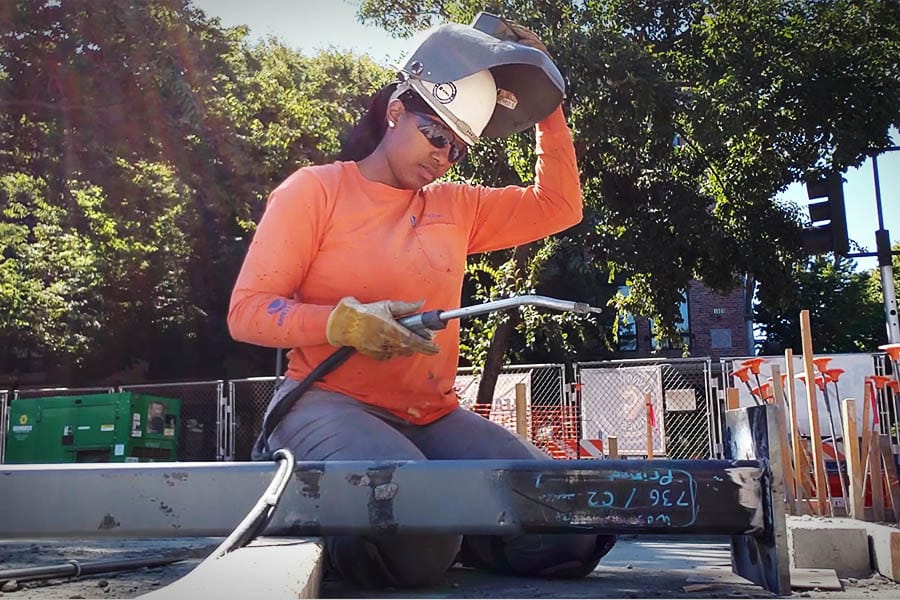The Participants
- Nigel Davies – BIM Consultant, Director, Evolve Consultancy
- Neil Thompson – Atkins, Digital Transformation
- Richard Petrie – CEO, buildingSMART
- Dr. Jonathan Ingram – Entrepreneur and Inventor, Royal Academy of Engineering Prince Philip Medal winner
- Tristan McDonnell – Director, Arup Associates
- Jon Excell – Editor, The Engineer
- James Chambers – former Civil Engineer, East Coast General Manager , Bluebeam, Inc.
- Sasha Reed –VP of Strategic Development, Bluebeam, Inc.
“The technology is managing the information. Who we share that [information] with, and how we share that [information], is what the problem is,” explains BIM pioneer Dr. Jonathan Ingram.
Breaking Down Silos and the Flow of Information
Since the UK Government’s BIM mandate took effect in 2016, projects within the UK engineering market have become increasingly digital in terms of project planning and data. According to Ben McAlinden at ICE (Institution of Civil Engineers), “Two stand-out areas where digital is changing the way [engineers] work are collaboration and information management.” Nigel Davies of Evolve Consultancy echoes that sentiment: “What we are starting to see is a consensus of approach. I think that is one thing that the 2016 [BIM] mandate has done. It has actually been a catalyst for the industry to start conversing together and realizing we are not individual silos.” Digital workflows are beginning to spread, and the industry acceptance of this new way of working is evident in this heat map from 2016, where ICE members participated in a survey on the application of BIM in the built environment.
Finding Something In Common
One aspect of BIM that can enhance collaboration is the use of a common data environment, in which all project partners can access data when needed. “We are trying to facilitate the collaboration outside of that model CAD space downstream,” explains Sasha Reed, regarding Bluebeam’s 3D PDFs for BIM data management. Since PDFs were designed to be a common file format, they require no specialized software or technical training. By leveraging the PDF, a user can convert from any source software and create a shareable file. This file can include 2D or 3D information which can then be navigable through hyperlinks, creating a digital dashboard to other sources of information. These other sources can either be stored within the PDF or outside on the web, in the cloud or within another document management system.
Having that common data environment seems to be the key to a more streamlined jobsite communication. “At an organization like Arup with 13,000 people worldwide, communication comes into it, as to how we share knowledge across the company. I think that is a big part of technology,” adds Tristan McDonnell. Real-time digital communication in programs like Bluebeam Studio also take the guess work out of RFIs, Takeoffs and potential programme conflicts.
“It is conversation around objects, not through documents, and I think that is the thing that is going to start bringing this world of, ‘Well then, I want my things to talk to each other,’” concurs buildingSMART CEO Richard Petrie.
Read The Engineer’s coverage of this groundbreaking discussion.














